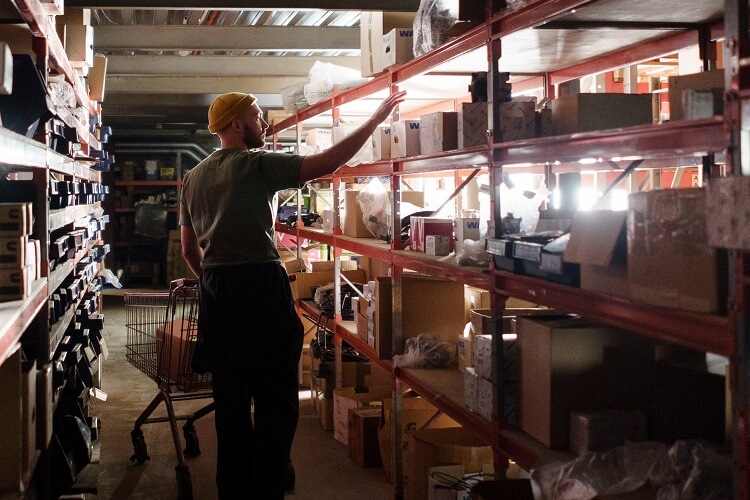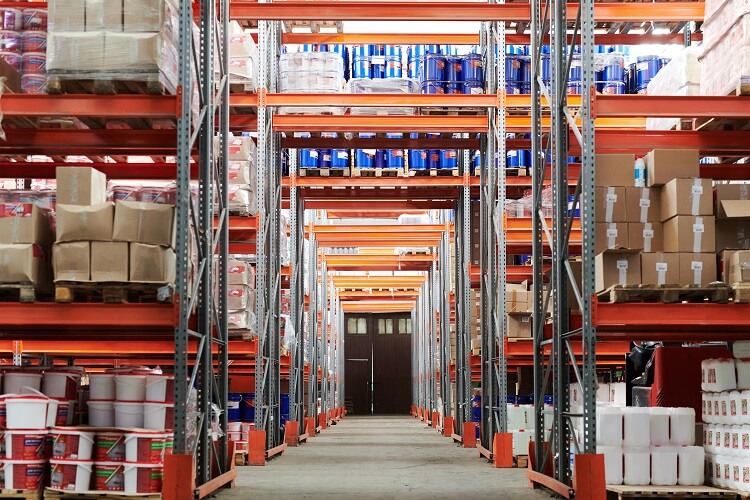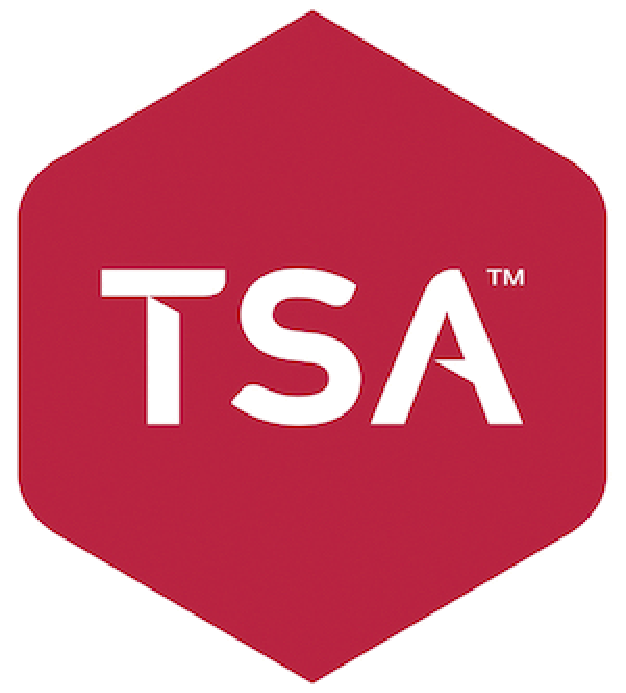Regardless of their role, employees will always face certain workplace hazards. For lone workers, hazards can pose additional risks. This is because help is not always available. Therefore, it is important that employers and employees alike are aware of the risks in their workplace. With that in mind, we are looking at five common warehouse hazards faced by lone workers.
Lone Workers in the Warehouse
Before we look at the warehouse hazards faced by lone workers, we will look at what lone worker roles exist in the warehouse.
According to the Health and Safety Executive (HSE), lone workers are employees “who work by themselves without close or direct supervision”. By this definition, any employee in the warehouse could be classed as a lone worker.
For more information on lone workers, read our Ultimate Guide
Here are some examples:
- Forklift drivers – Your forklift operators will sometimes perform their tasks alone. They may be retrieving stock from the other side of the warehouse or loading a trailer outside. There may not always be other staff on-hand. According to the British Safety Council, around 1,300 UK employees are hospitalised each year following forklift accidents.
- Stock checkers – When stock needs to be inventoried, your workers may work alone to cover more ground. This, however, means they may lack immediate support in the event of an accident.
- Pickers – In order for your staff to package goods for dispatch, you need pickers who can gather the products. Often, they will be moving around the warehouse on their own to retrieve specific items. This counts as lone working, even if they are only unsupervised for a few minutes.
Overall, any job role in the warehouse could become a lone working role. Even managers may be lone workers, such as when locking up for the night. As a result, it is crucial that all staff are aware of warehouse hazards.

Warehouse Hazards
All workplaces have hazards. However, certain environments pose more than others. As a general rule, the busier the workplace, the more risks staff are likely to encounter. Warehouses tend to be fast paced and hectic and can sometimes be rather cramped. Here are five examples of warehouse hazards.
1. Moving Machinery
Did you know that 19% of fatal injuries at work in 2021/22 were caused by struck by accidents? Warehouses are full of blind corners. They also often have acoustics that can make it hard to determine the origins of sounds. These two factors can come together to increase the likelihood of accidents.
The main sources of moving machinery in warehouses are forklifts. If you cannot see one coming, or cannot see around a corner, the likelihood of a collision increases. This may result in an operator accidentally hitting another forklift. Worse, it may result in a forklift hitting a person.
2. Falling Objects
Efficient storage often requires the stacking of goods on shelves. Unfortunately, the hectic environment of a warehouse can result in products not being as secure on shelves as they should be. When this happen, all it can take is a bump to shake the object loose. This may cause it to fall.
Falling objects are prominent warehouse hazards. A stack of boxes may collapse, or a worker may drop something they are collecting. These can sometimes result in a worker being pinned. 18% of workplace fatalities in 2021/22 were caused by employees being trapped.
3. Slips, Trips, and Falls
Slips, trips, and falls are not only some of the most common warehouse hazards; they are one of the most common causes of accidents in any workplace. In the warehouse they may be caused by spilt products, trailing cables, or misplaced pallets. On rainy days, staff may track in water that creates further slip hazards.
Avoiding accidents of these kinds will come down to good housekeeping. Obstructions should be moved, areas should be well lit, and wet floors – if they cannot be dried – should be clearly marked.
4. Manual Handling
Warehouse work often requires the moving of heavy objects. Whilst forklifts generally fulfil this role, it is not always possible to use them. Therefore, workers may be required to move objects themselves. Manual handling, however, can often result in injuries, making it a prominent warehouse hazard. This is especially true if tasks are performed incorrectly.
As well as more immediate consequences such as sprains, bruising, or even broken bones, manual handling can result in long-term musculoskeletal disorders. These are caused primarily by wear and tear on workers’ muscles. This wear and tear can be exacerbated by improper manual handling.
5. Harmful Substances
Toxic substances can count among the warehouse hazards your workers encounter. The exact nature of these materials will likely depend on what industries you are affiliated with. However, even toy or electronics companies may find there are harmful substances in the products they handle.
Oil and fuel from forklifts can count among the harmful substances encountered in warehouses. It may also be that certain products contain faulty batteries. Certain cleaning products, too, can be harmful if spilt. If your workplace does handle harmful chemicals, staff should use the appropriate equipment and be aware of the proper procedures.
Protecting Employees from Warehouse Hazards
Under the Health and Safety at Work Act you must make provisions for the welfare of your staff. This means implementing policies and guidelines to reduce the likelihood of accidents at work. You should also have systems in place for the reporting of accidents and risks.
It is also advised that you implement a lone working policy to provide guidance for your lone workers.
Read More: How to Protect Your Lone Workers
Lone Alarms for Lone Workers
You can provide further reassurance for your lone workers by providing them with lone alarms. These devices allow your staff to call for help at the press of a button. Our Monitoring Centre will assess the situation and arrange for assistance in the form of their manager, a designated colleague, or the emergency services.
For more information read our What is a Lone Worker Alarm? Guide or call our team on 0800 03 08 222.
Editor’s Note: This article was updated on 15th May 2024.












